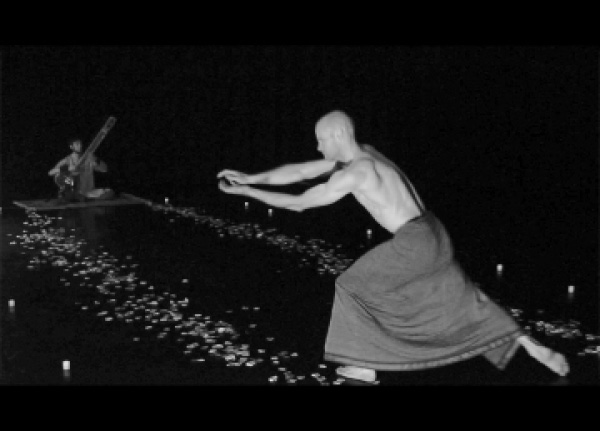
MALKAUNS MEDITATION
first performed on April 27, 2017
Dance Studio, Whitman College, Walla Walla, WA
performed twice in 2017
PETER DE GRASSE / J.J. GREGG
Walla Walla, WA / Salem, OR
375941303c375941303h375941303a375941303r375941303u375941303k375941303e375941303s375941303h375941303i375941303.375941303r375941303o375941303o375941303p375941303a375941303k375941303@375941303g375941303m375941303a375941303i375941303l375941303.375941303c375941303o375941303m
youtube.com/watch?v=JEcbId5Ba_4 / soundcloud.com/jjgregg
MALKAUNS MEDITATION
PETER DE GRASSE / J.J. GREGG
“Malkauns Meditation,” a collaboration between sitar and dance, is improvised within a tightly scripted format. Throughout the piece, the dancer responds to the sitar, which in turn responds to the movements. Each performance is unique, with the energy and climate of each venue and audience contributing to the palette of the artists. The piece makes the mind-expanding aspect of South Asian classical music more accessible.
As audience members enter the space, dancer Peter de Grasse places rose petals and votive candles on the floor to demarcate a diagonally oriented, rectangular corridor (8’ x 30’ or 2.5m x 9m) delimited on one end by where I am sitting on a carpet with my sitar. Peter kneels at the opposite end of the rectangle from me, where he meditates as the first few notes of the raga emanate from my sitar. As the music develops, Peter performs a gradually accelerating, ritualized, meditative dance using a hybrid movement vocabulary composed of elements from yoga, contemporary dance, and waving. The dancing develops through slow, meditative movements, tracks back and forth along the diagonal in accelerating approaches to its end points, and culminates in low, fast, traveling movements which rupture the boundary of the space.
The performance time ranges between 25 and 35 minutes.
Peter’s fluid and effortless movements create a stunning visual compliment to my rendition of Raga Malkauns in the traditional Alaap-Jod-Jhalla form. The dance provides a slowly changing point of focus for audience members. With the visual part of the brain captivated by motion, audience members can more easily engage with the slowly developing music of the South Asian classical tradition. This creates an opportunity for a collective meditation experience.